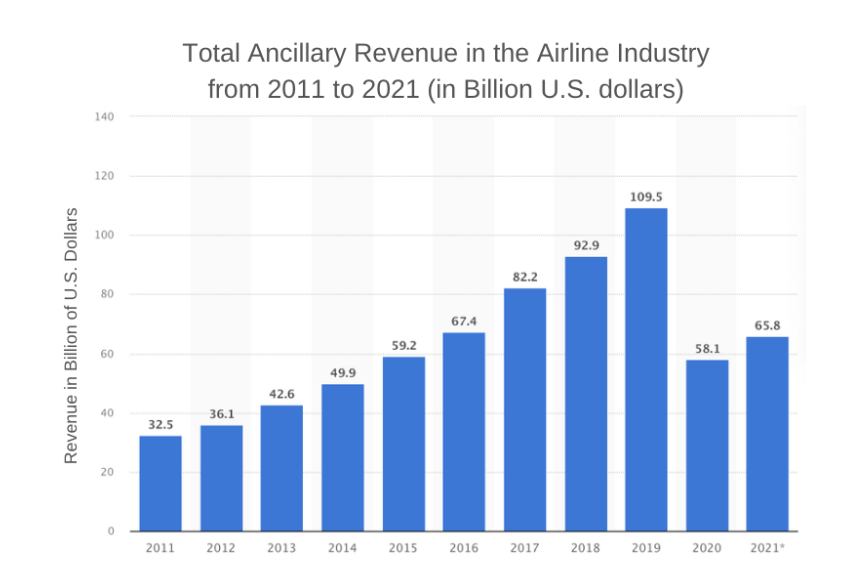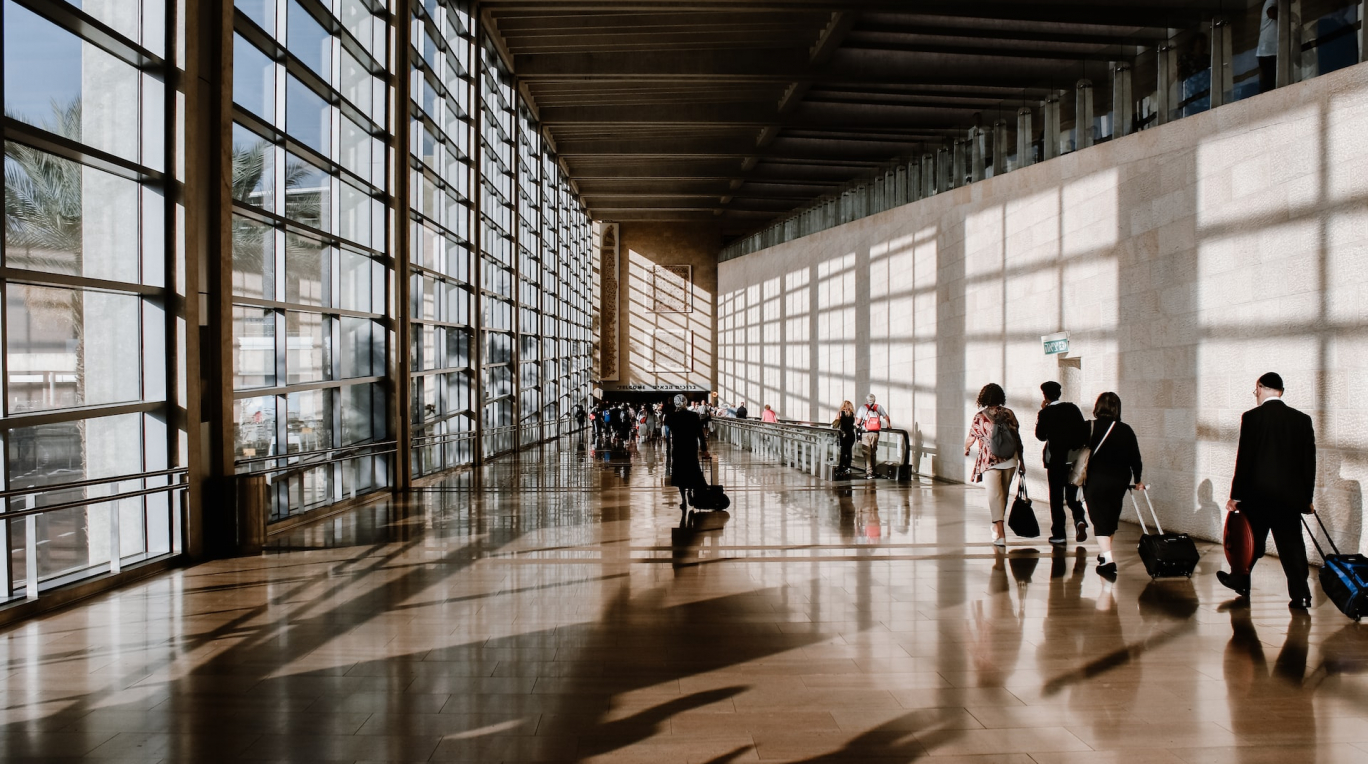For those unfamiliar with the term ancillary, in the travel industry, this refers to products and services that can be purchased along with one’s flight to provide customers with additional value during their travelling experience. These products have been key to airline success, with add-ons such as baggage, transportation, hotel services, and so much more, becoming an integral part of the buying experience while travelling.
Think about any time you have gone to an airline’s website to buy a ticket. Chances are you were asked about some of these services and purchased a few without giving it a second thought. That is the beauty of it – customers choose their plane tickets and continue to purchase many of these travel ancillaries because they view them as necessary parts of travelling.
Not only are these products helpful for customers, but they are also immensely beneficial for airlines. Without these services, it would be very difficult for them to be profitable. As you can see in the graph below, there has been massive growth in ancillary revenue from 2011 to 2019, increasing by $77B in just eight years. Even with the drop due to the pandemic, there was still a 13% revenue increase from 2020 to 2021, despite the fact that travel in 2021 only increased by 4% compared to the year before.

The numbers you see here are so high because these products help airlines diversify their source of revenue and improve their customers’ experience, which allows them to stand out in a highly competitive industry. Thinking back to the definition of ancillaries, the main goal is to increase the value of the travelling experience as a whole, so capitalising on these services is critical to the health and success of airlines worldwide.
Take Ryanair, for example. If tickets were their only source of revenue, they would have lost €1.4B in 2019. Thankfully, though, that is not the case. Considering the revenue generated by ancillary services, they profited roughly €1B. In the case of Ryanair, ancillary revenue comprises about ⅓ of the airline’s total revenue, and this trend is similar across the industry as a whole.
So, where does the eSIM come in? When looking at the main non-air ancillary products (that is, anything that is not sold in the airport or on the plane itself), research shows that insurance is #1. In a study of roughly 50 airline executives, 89.5% mentioned insurance in their top three ancillary products.
It might be obvious why that number is so high – insurance makes people feel safer as they embark on a journey away from home. This propels many individuals to buy it just in case something goes wrong, resulting in its popularity as a travel ancillary. Data is also an integral part of the travelling experience. However, while travellers hope never to have to need the insurance they have purchased, data is an absolute necessity for practically everyone in the 21st century.
Products such as insurance and data are now fundamental parts of travelling. Still, the delivery process for insurance and eSIM plans differs from almost every other travel ancillary on the market. Both are quick and easy, with immediate access to the services once purchased. With insurance, once you buy it, you are insured with the policy you chose. Almost the same goes for eSIM plans. You buy whichever data package fits your needs and are then given a QR code that you use to activate the data on your device instantly. It is that simple.
In a recovering COVID world, travel brings many feelings of uncertainty and anxiety, explaining why people now crave simplicity. Rather than relying on a physical SIM card, where several issues could arise, such as delivery problems before a big trip, eSIM allows people to use data like never before with an easy process and no tangible product!
Airlines already depend so much on ancillary products and are always looking for new ways to expand this revenue stream. Thus, when presented with a way to provide customers with a simple and cheap way to acquire roaming capabilities while abroad, it is a no-brainer. Thinking back to insurance and what makes it such a great ancillary product, eSIM presents airlines with a massive opportunity. If airlines add eSIM packages as another source of ancillary revenue during a customer’s buying journey on the website, annual revenue could flourish.
In a world where money derived from travel ancillaries is critical to airlines, finding high-performing products is key. The eSIM technology is ripe to become the ultimate ancillary for the travel industry, globally.



